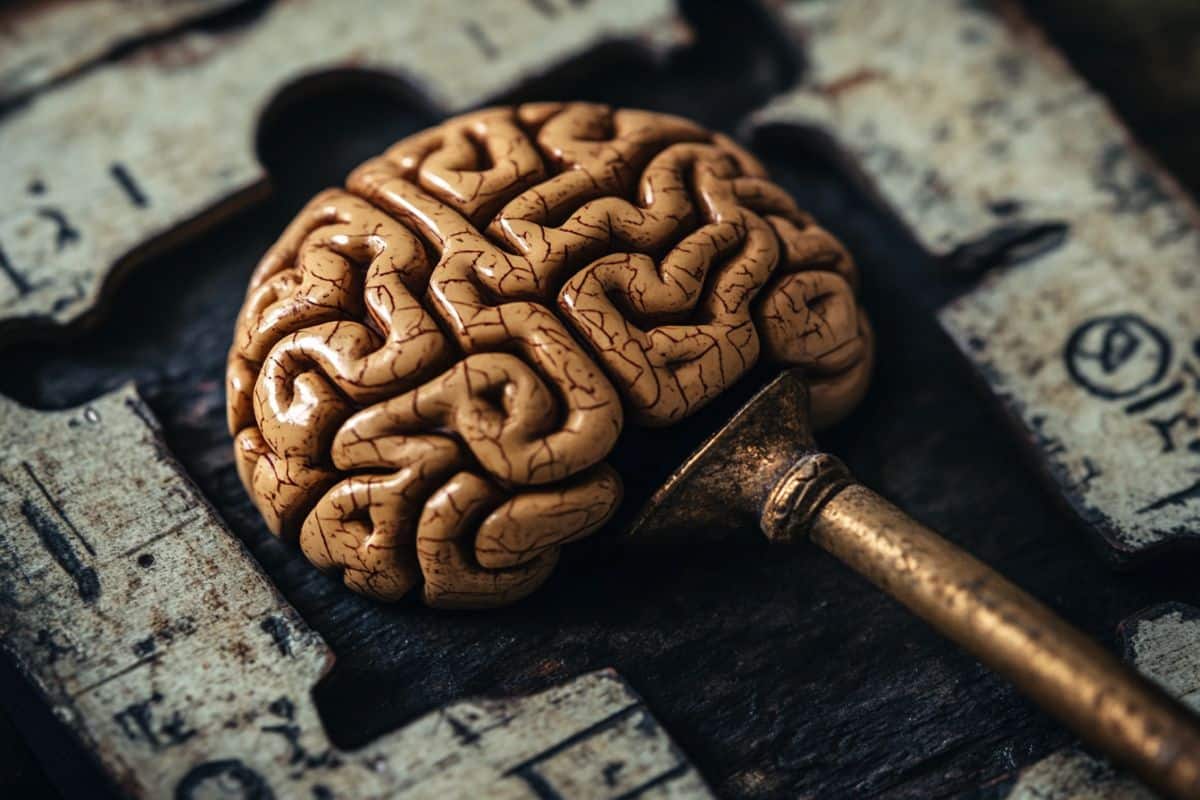DARPA is using Earth’s atmosphere as a powerful sensor, allowing the detection of events like rocket reentries and illicit detonations.




As the next administration takes shape, countless voices are vying for influence over the future of America’s space program. I’d wager one in particular — someone apparently very close to the President-elect — might be suggesting a bold new direction: “Sir. Forget racing China to the moon,” Elon Musk may be saying. “We’re almost ready with Starship. Announce we’ll launch humans to Mars by 2029 — the Apollo anniversary. You’ll go down in history! You’ll be as big as Kennedy!”
If I had that access, it’s exactly what I’d be saying.
Think about it. SpaceX is making remarkable progress on Starship. If they can overcome FAA regulatory hurdles, they could have a revolutionary, reusable Earth-to-space system operational within a year. The next step, in-orbit refueling, could take another year or two to master. By 2028, Starship could be ready for missions to the moon, Mars, or beyond. Right behind it will be Jeff Bezos’ Blue Origin with New Glenn.
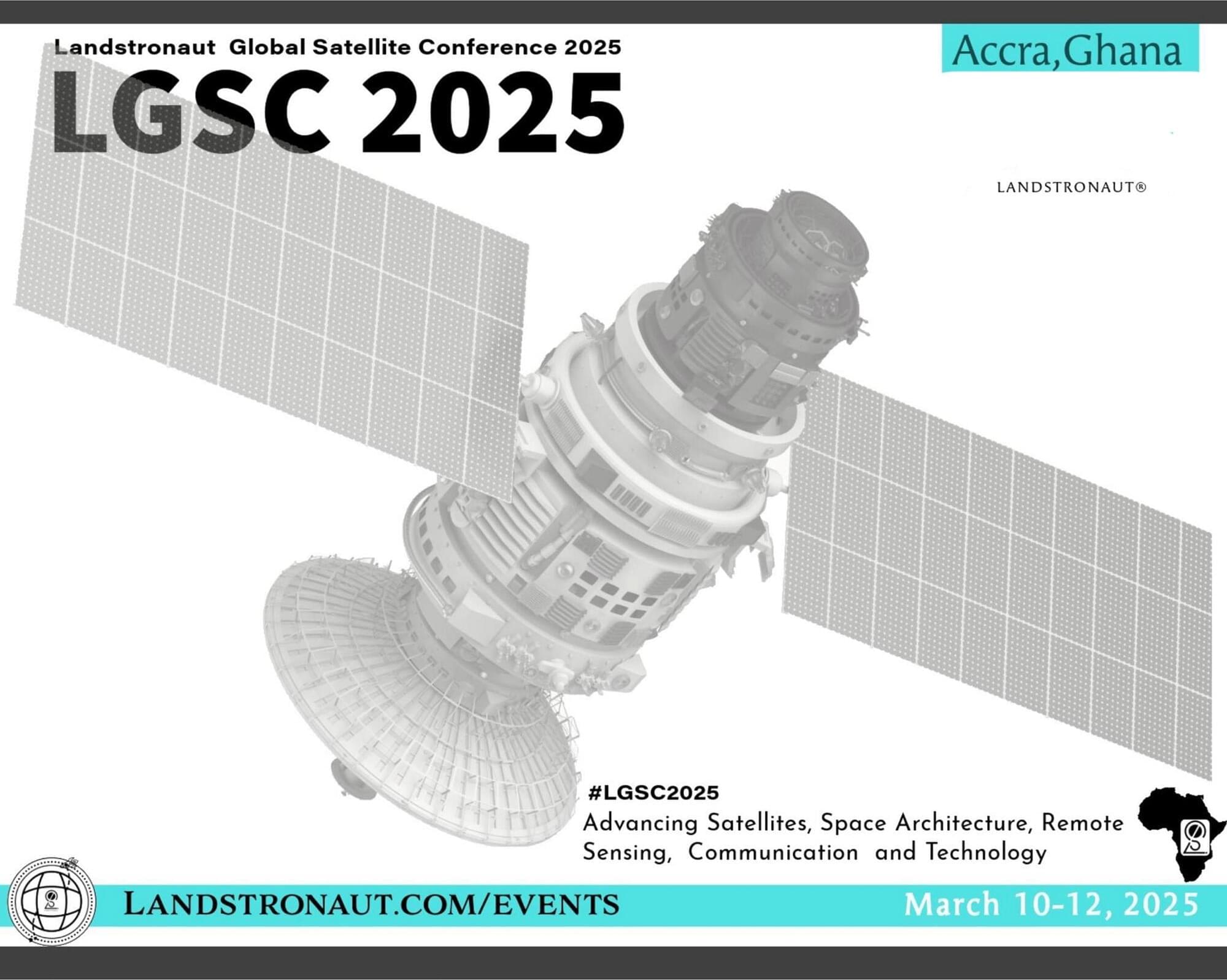

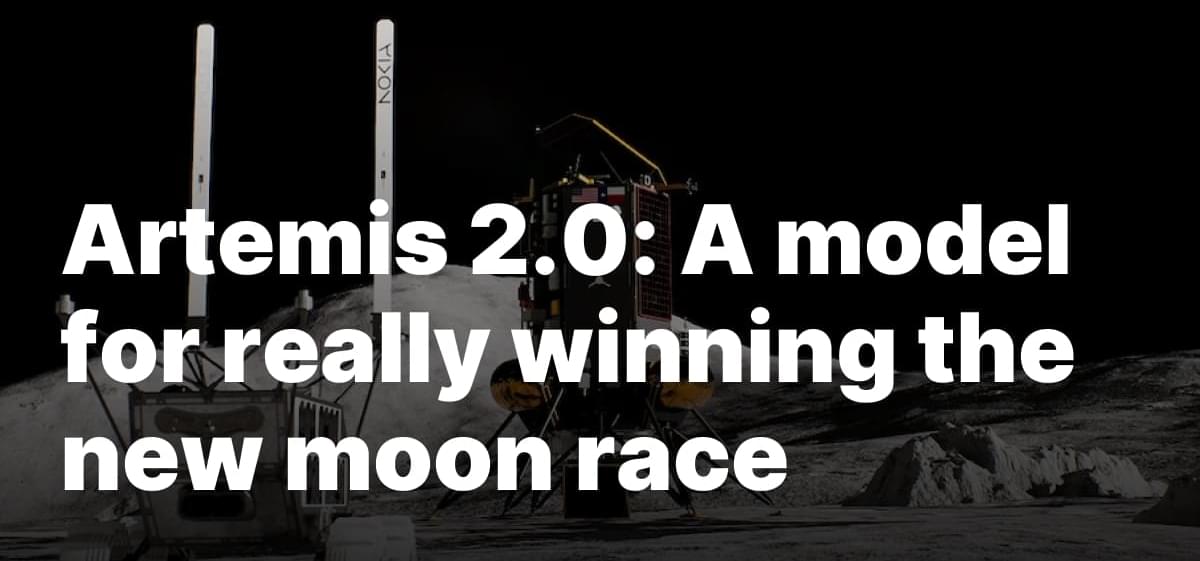
Right now, the remains of three private spacecraft rest on the moon, with one more lost in Earth orbit. And that is incredible.
First came Israel’s Beresheet, which crashed on the lunar surface in 2019. Next was Astrobotic’s Peregrine, which suffered an anomaly and was ordered to burn up in Earth’s atmosphere in early 2024. Then, Intuitive Machines’ Odysseus became the first functioning private vehicle to land on the moon — though it landed harder than expected and didn’t live as long as planned. The company tried again with Athena earlier this month, which touched down on its side but still completed key mission objectives before running out of power. Finally, Firefly Aerospace’s Blue Ghost crossed the finish line with a fully successful landing — alive, transmitting and delivering incredible images and other results.
And this is just the beginning. Soon, the U.S.-Japanese iSpace team will attempt its own touchdown, marking yet another milestone in what is quickly evolving into a true private-sector space race.
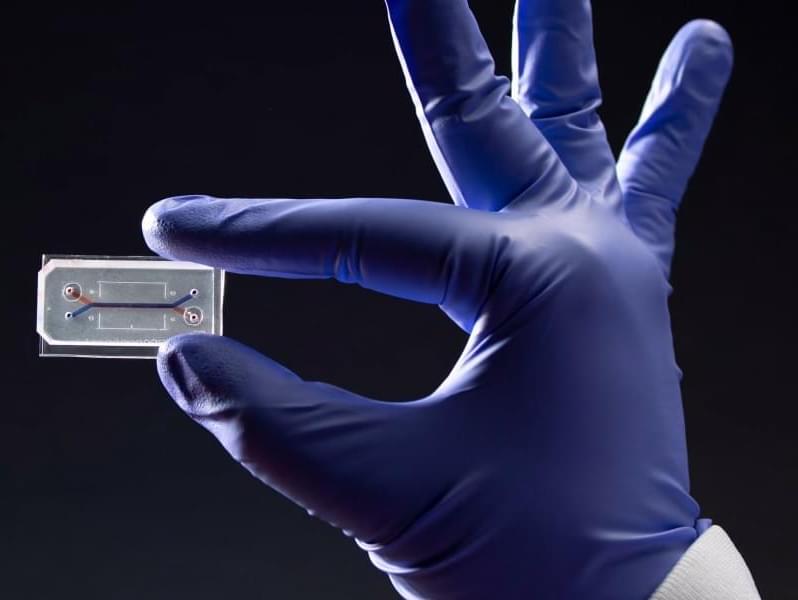
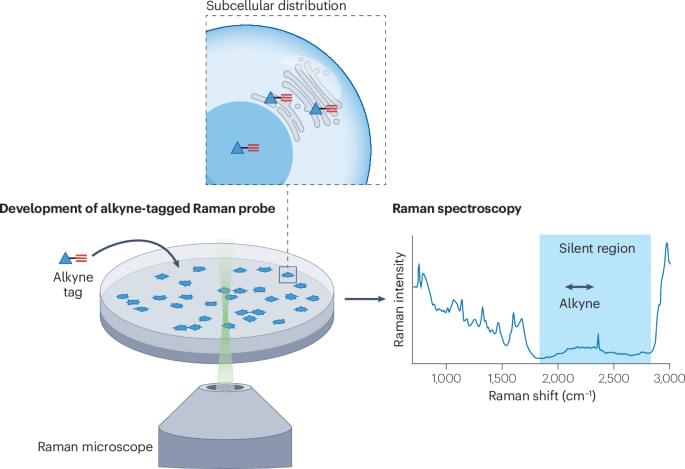
Carbon–carbon triple bonds exhibit a distinct Raman response in the region of 1,800–2,800 cm−1, known as the cellularly silent region. This unique chemical signature, coupled with the small size of alkyne moieties, presents these tags as useful imaging alternatives to bulky fluorescent probes. This Primer discusses the various Raman scattering processes used to image alkyne tags in cells, including the optical set-up required, how to choose an alkyne tag and imaging results from different cellular environments.
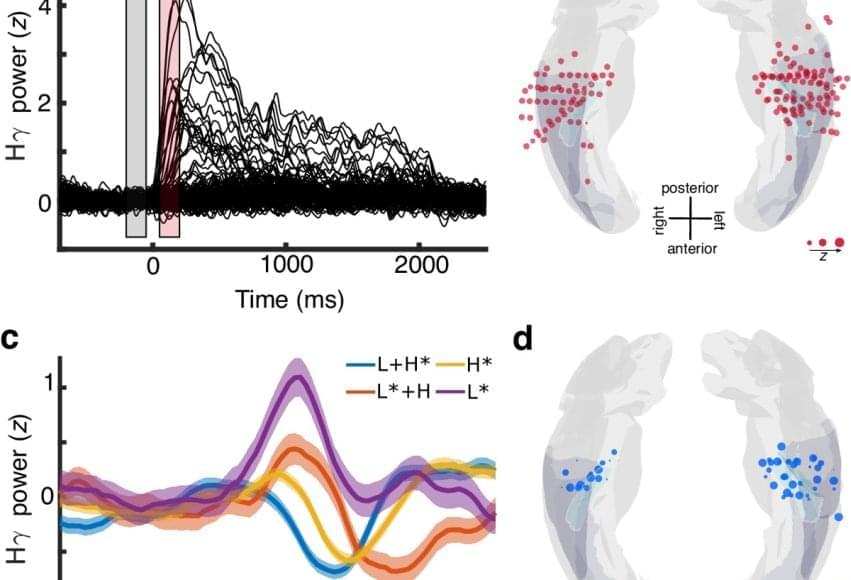
To explore how the brain deciphers the melody of speech, researchers worked with the rare group of patients who had electrodes implanted in their brains as part of epilepsy treatment. While these patients actively listened to an audiobook recording of “Alice in Wonderland,” scientists tracked activity in multiple brain regions in real time.
Using the intracerebral recordings from the electrodes deep in the patient’s brain, researchers noted the Heschl’s gyrus section processed subtle changes in voice pitch — not just as sound, but as meaningful linguistic units. The brain encoded pitch accents separately from the sounds that make up words.
The author says the research also revealed that the hidden layer of meaning carried by prosodic contours — the rise and fall of speech — is encoded much earlier in auditory processing than previously thought.
Similar research was conducted in non-human primates, but researchers found those brains lacked this abstraction, despite processing the same acoustic cues.
By unlocking the hidden layer of speech, the team discovered how the brain processes pitch accents, revealing profound implications for various fields.
“Our findings could transform speech rehabilitation, AI-powered voice assistants, and our understanding of what makes human communication unique,” the author said.
